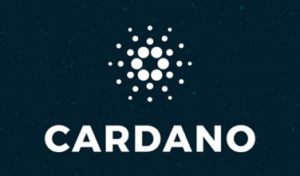Bitcoin mining pools have become a crucial aspect of the cryptocurrency ecosystem, allowing individuals to combine their resources and increase their chances of mining Bitcoin and earning rewards. In this article, we will explore how Bitcoin mining pools work and how they distribute rewards among participants.
Mining pools bring together multiple miners who collectively contribute their computational resources to solve complex mathematical problems required to validate and add new blocks to the Bitcoin blockchain. By working together, miners can improve their chances of successfully mining a block, thereby earning the block reward and transaction fees associated with it.
When a mining pool successfully mines a block, the rewards generated are distributed among its participants based on various factors. One common method used to distribute rewards is the Pay-Per-Share (PPS) model, where miners receive a fixed payout for each valid share they contribute to the mining process. This provides a more consistent income stream for miners, regardless of whether the mining pool finds a block or not.
Another popular reward distribution method is the proportional model, where miners are rewarded based on the number of valid shares they contributed relative to the total number of shares in the pool. This means that miners receive a proportionate share of the block reward based on their individual contributions, incentivizing them to continue mining within the pool.
Some mining pools also implement the PPLNS (Pay-Per-Last-N-Shares) model, which calculates rewards based on the number of shares a miner contributed to the pool during a specific window of time leading up to the block discovery. This encourages miners to stay active in the pool consistently, as their rewards are based on recent contributions rather than historical performance.
It is important to note that mining pool operators may charge a fee for their services, which is deducted from the overall rewards generated by the pool. This fee is typically a small percentage of the total rewards and is used to cover operational costs and support the infrastructure required to run the mining pool efficiently.
When choosing a mining pool to join, miners should consider factors such as the pool’s reputation, size, fee structure, and payout mechanisms. Larger mining pools may offer more frequent payouts due to their higher hash rate, but smaller pools can provide more consistent earnings for individual miners.
In conclusion, Bitcoin mining pools play a vital role in the decentralized network by allowing miners to collaborate and share rewards while contributing to the security and stability of the blockchain. By understanding how rewards are shared within mining pools and choosing the right pool to join, miners can optimize their mining experience and maximize their earning potential in the exciting world of cryptocurrency.

